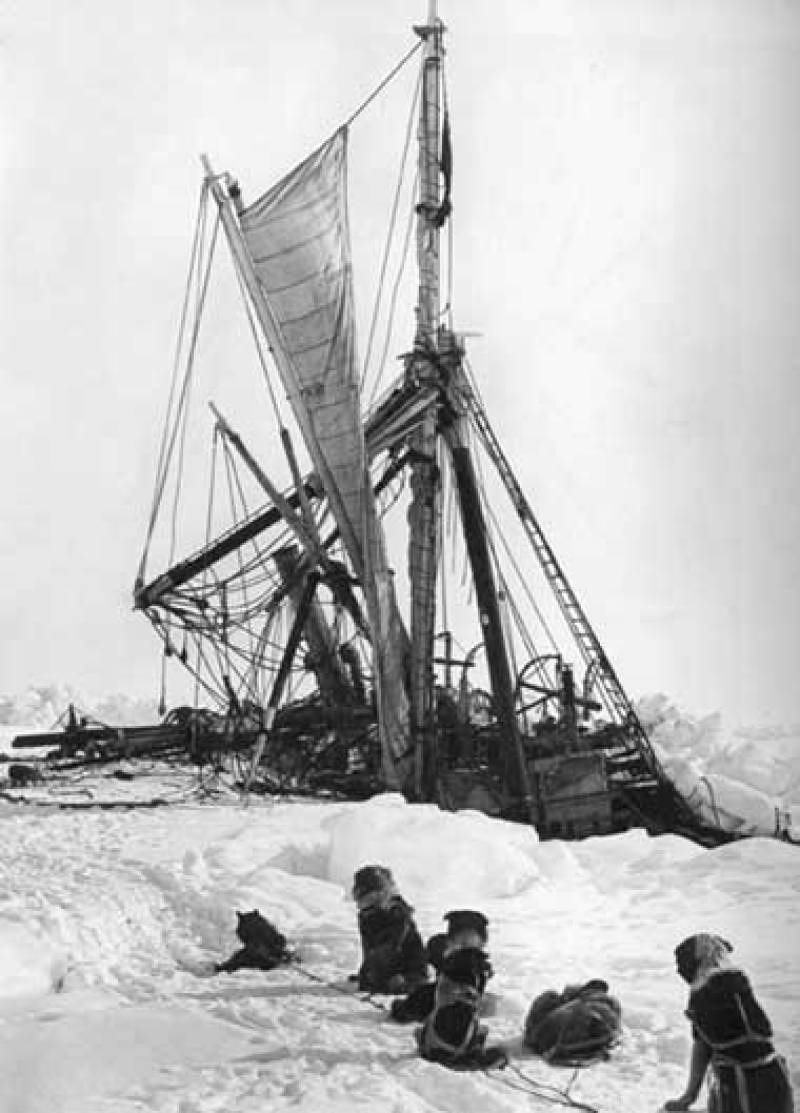
The melting of ice and glaciers is generally regarded as one of the negative effects of global warming as it contributes to rising sea levels.
But for archaeologists, this phenomenon has allowed them to observe for the first time the wrecks of whaling vessels from the 1800s.
According to Christian Science Monitor, a fleet of 40 ships ventured into Alaska in September of 1871 to support the U.S.' whaling industry at that time. As they were travelling along the Alaskan Arctic shore, the captains of 33 ships miscalculated the movements of the massive ice sheets. These sheets then enveloped and destroyed the ships forcing the 1,219 crew members to abandon the vessels.
All of them were rescued by the remaining seven vessels of the expedition. However, in order to save the shipwrecked whalers, the other ships had to throw out the excess weight overboard. This includes their whaling equipment and their catch. All in all, the damages and loss caused by the disaster caused the industry an equivalent of $33.3 million dollars. This incident has been regarded as one of the major factors that contributed to the downfall of the U.S.' whaling industry.
For over 140 years, the remains of the 33 ships remained hidden in the ice. Due to their state, early studies could not prove if the ships are really there or if the 1871 disaster actually happened. But, due to the rising temperatures brought on by climate change, these barriers began to melt away revealing two of the shipwrecks.
For archaeologists of the National Oceanic and Atmospheric Administration (NOAA), this natural event has provided them with the incredible opportunity to prove the incident that occurred in 1871.
"Earlier research by a number of scholars suggested that some of the ships that were crushed and sunk might still be on the seabed," NOAA's Brad Barr and the co-director of the project said in a press release. "But until now no one had found definitive proof of any of the lost fleet beneath the water."
"This exploration provides an opportunity to write the last chapter of this important story of American maritime heritage and also bear witness to some of the impacts of a warming climate on the region's environmental and cultural landscape, including diminishing sea ice and melting permafrost."
Using sonar technology, NOAA was able to detect signatures of the two ships including their anchors, ballasts and whaling equipment.

















